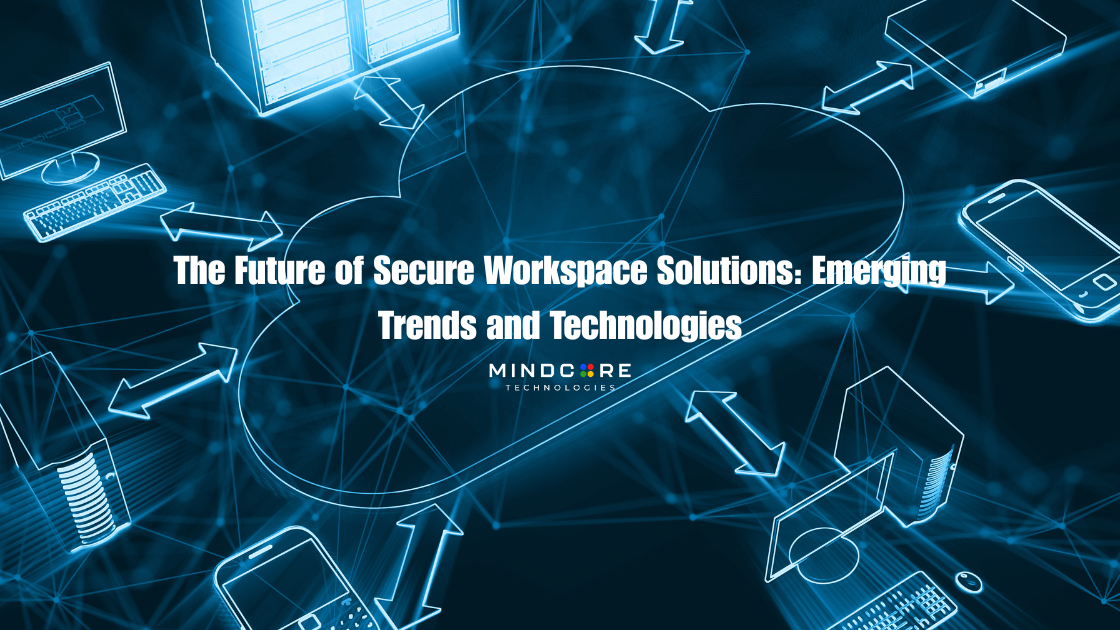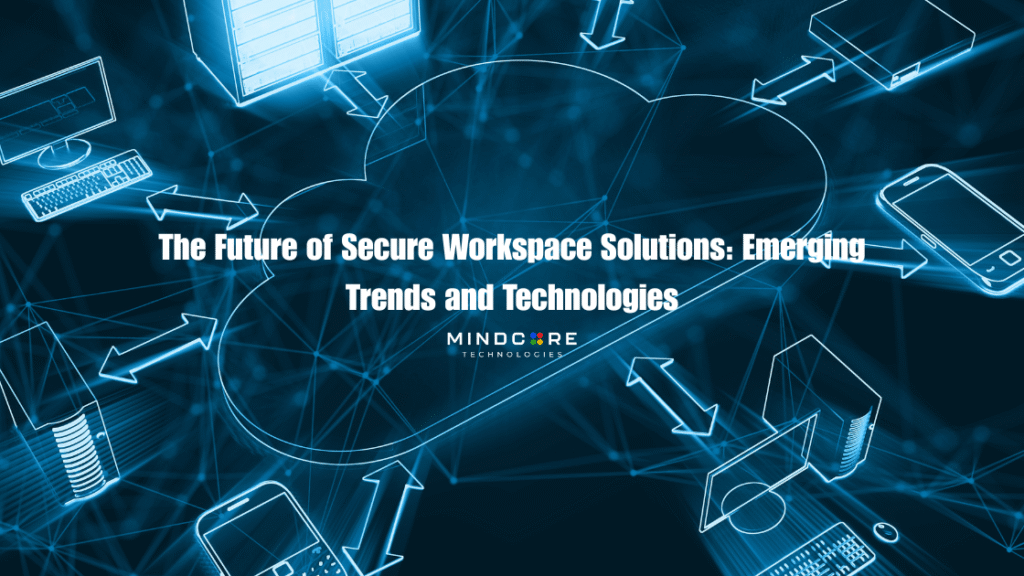
As remote, hybrid, and mobile workforces become the norm, merely giving employees access to your network is no longer sufficient. Businesses need secure workspace solutions that protect data, enforce policy, and deliver usability—all while enabling work from anywhere.
In this post, we’ll define what secure workspace solutions are, explore the core capabilities they should include, explain how to evaluate providers, and highlight the value these solutions deliver.
What Are Secure Workspace Solutions?
Secure workspace solutions encapsulate a controlled, isolated, and managed environment (often virtual or containerized) in which users can run critical applications, access data, and carry out workflows, without exposing the underlying device or network to risk. These solutions aim to separate the “workspace” from personal or unmanaged systems and enforce consistent security, monitoring, and governance practices.
Rather than relying on broad perimeter security (e.g. VPNs or firewalls alone), secure workspaces embed identity protocols, endpoint controls, network policies, and encryption directly into how work is done. The result: even if a user device is compromised, corporate systems and data remain insulated.
Key Capabilities of Strong Secure Workspace Solutions
When assessing or deploying a secure workspace solution, here are essential features and design considerations:
1. Isolation & Containerization
Workspaces should be isolated from the host device environment. This creates a “clean room” environment that prevents malware or personal software from impacting corporate systems.
2. Identity & Access Control
Robust authentication (multi-factor, adaptive, context-based), least-privilege access, role-based permissions, and session control are fundamental. Access decisions should be recalculated during a session if context changes (e.g. network shift, device posture).
3. Device Posture Verification
Before granting or continuing access, the workspace should verify the device meets defined security criteria: patch level, encryption, antivirus status, OS integrity, firewall status, etc.
4. Endpoint Protection & Threat Detection
Within the workspace environment, embed endpoint detection and response (EDR), malware scanning, and behavior monitoring to detect and prevent malicious activity.
5. Encryption & Secure Data Handling
All data in transit and at rest within the workspace should be encrypted. Temporary files, cache, snapshots, and logs should be tightly controlled and wiped or purged as needed.
6. Network Security & Segmentation
Workspaces should operate over secure channels (VPN, TLS, zero-trust tunnels). Traffic should be segmented logically to limit lateral movement and block unauthorized flows.
7. Central Management & Visibility
Administrators need unified consoles to manage policy, observe sessions in real time, view logs, generate alerts, audit activity, and respond to incidents.
8. Seamless User Experience
Security should not come at the expense of performance. The workspace must support the applications users rely on, maintain acceptable latency, and offer persistence (session state) and consistency.
9. Scalability & Flexibility
As organizations grow, the solution must scale to more users, devices, geographies, or workloads, supporting new apps, integrations, or remote sites without costly redesign.
10. Compliance Support & Auditability
Workspaces should generate tamper-resistant logs, support session recording, audit trails, reporting, and comply with relevant regulatory requirements (e.g. HIPAA, GDPR, PCI).
How to Evaluate a Secure Workspace Solution Provider
To choose a trustworthy provider, ask:
-
How do you achieve isolation from the host system?
-
What identity and access controls are built in?
-
How is device posture assessed and enforced?
-
What threat detection and response capabilities are included?
-
How is data encrypted and secured within the workspace?
-
Can you intercept or segment workspace traffic?
-
What management console or visibility tools are provided?
-
How do you ensure usability and performance?
-
How scalable is the solution across users and geographies?
-
Do you support audit logs, session recording, and compliance reporting?
Providers offering strong answers across these dimensions are more likely to deliver secure, effective workspaces.
Business Benefits of Secure Workspace Solutions
When implemented properly, secure workspace solutions bring substantial advantages:
-
Reduced risk surface: Malware or threat incidents on user devices do not compromise core systems.
-
Better policy enforcement: Unified controls ensure security policies are applied uniformly regardless of location.
-
Safer remote work: Employees can work from home or remote locations without exposing endpoints.
-
Consistent user experience: Users get reliable access to applications and data with minimal friction.
-
Stronger compliance posture: Auditability, logs, session control, and data handling help meet regulatory demands.
-
Scalable security model: Adding users or expanding scope doesn’t require rebuilding security from scratch.
-
Improved incident response: Because workspace sessions are controlled and logged, investigations and remediation are faster.

